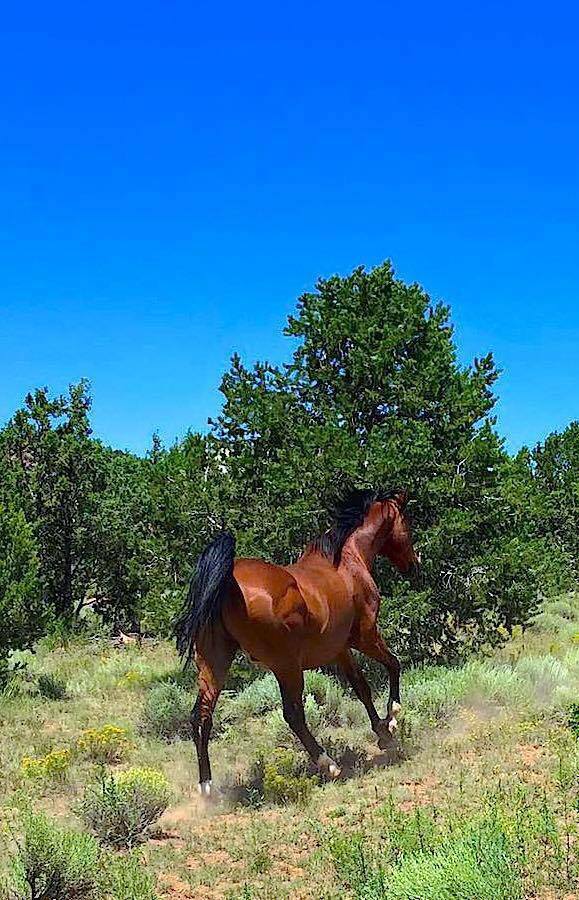It’s a rainy day as I write this. A rainy day in New Mexico is generally cause for celebration. The state squeaks out 13.85 inches average rainfall per year.
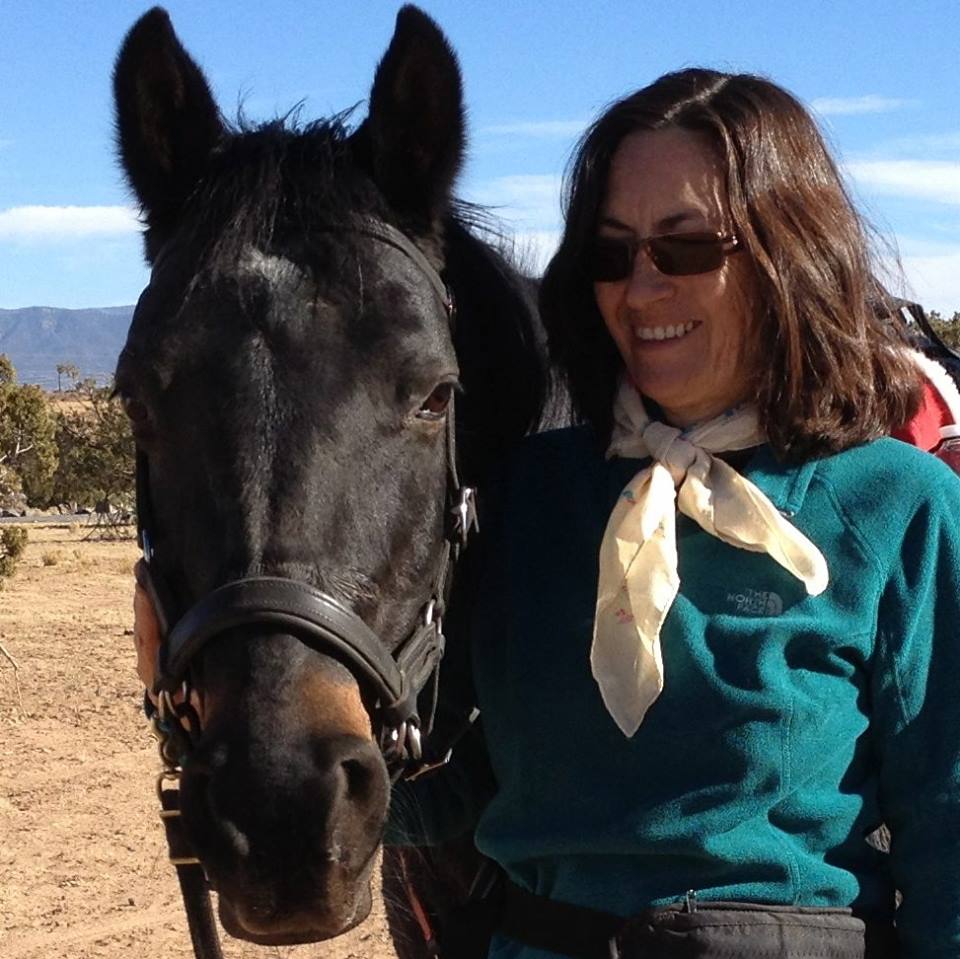

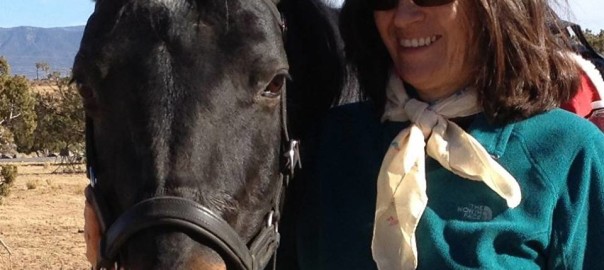
It’s a rainy day as I write this. A rainy day in New Mexico is generally cause for celebration. The state squeaks out 13.85 inches average rainfall per year.

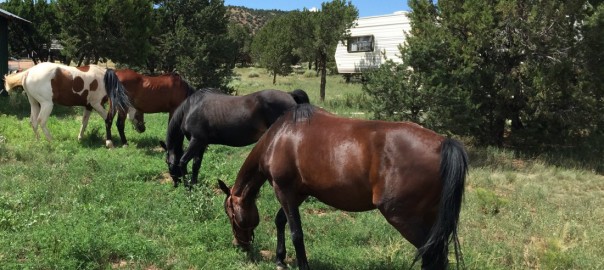
The “seeking mechanism” is a part of most mammals, according to neuroscientist and psychobiologist Jaak Panksepp, author of the book and concept, Affective Neuroscience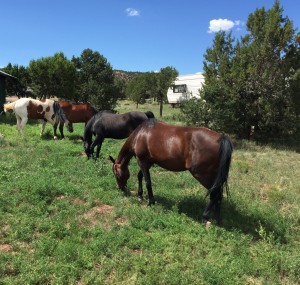 , the study of the neural mechanisms of emotion. For the sake of understanding our horses, it is a huge part of what makes us interesting to them. Curiosity about food, what we’re doing, what we might do with them, can help nurture and define our training process.
, the study of the neural mechanisms of emotion. For the sake of understanding our horses, it is a huge part of what makes us interesting to them. Curiosity about food, what we’re doing, what we might do with them, can help nurture and define our training process.
In nature, horses will seek different types of grasses, seek shelter, water, companionship, safety. Those are basic needs. How do we engage their interest? Is it always with a cookie, or can we engage them in other ways?
At the same time horses spend all day doing repetitive actions, such as moving each other 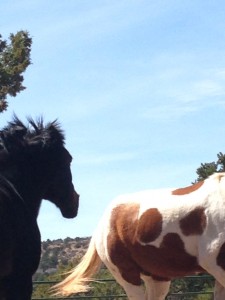 off food, or space, and so that may seem very dull and uninteresting to us. They are moving each other for their health, and to find out what the other horse might be eating that might be more tasty. And that brings us back to the seeking mechanism. With their noses to the ground, they are seeking new plants, smells and experiences.
off food, or space, and so that may seem very dull and uninteresting to us. They are moving each other for their health, and to find out what the other horse might be eating that might be more tasty. And that brings us back to the seeking mechanism. With their noses to the ground, they are seeking new plants, smells and experiences.
This type of natural foraging isn’t something we can provide much of in the west. Our grasses get eaten and take awhile to grow back since we have limited rainfall. But when rainfall occurs, grass pops up overnight, and the horses’ excitement about those new shoots is noticeable.
 Here are some ways we can foster curiosity in the horse and get him interested in what we might have to offer:
Here are some ways we can foster curiosity in the horse and get him interested in what we might have to offer:
When you think about other humans, it’s difficult to be in the presence of someone who has no interest in what you’re interested in. In this way, horses are a lot like us.
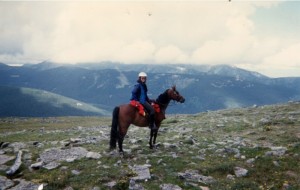
2. Change things around. Ride somewhere different, do some of your schooling on the trail or down the road in someone else’s arena. My horses always loved the trail, though I know all horses don’t. I took them everywhere, all over our state and three adjacent states, riding new trails.
Take the focus off the horse. Kids get so immersed in what they’re doing, horses can often find them fascinating. In order to be more interesting, sometimes I’ll take a piece of tack to repair and sit with the horses, so I’m fully engaged with something other than the horse. In this photo, Kaiden is playing with one of his toys, and Patches wants to be a part of it. Little did I know at the time that building a fort would be an activity of interest for my young mare, Jazzie.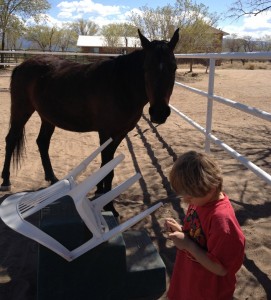
4. Introduce something new. While my mares are not very interested in toys, my geldings have always enjoyed big exercise balls. You can see the different responses of these four…
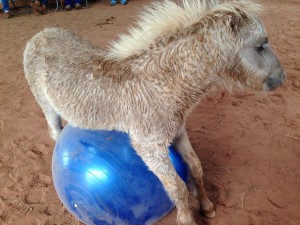
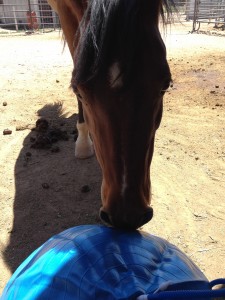
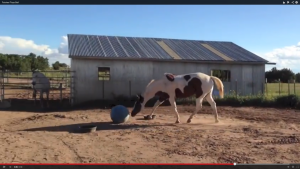
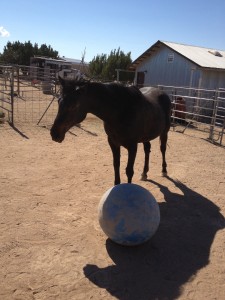
5. Add laughter to your day. I’ve had some funny experiences with laughter and horses. Once in a clinic, we had a very shut down horse who thought humans only wanted him to do things, so he simply went through the motions like a robot. We changed things up and brought him into the arena while we were doing a human energetic exercise. People began laughing as they practiced being horses and played with the idea of moving each other around. This horse Tank was so curious about the people laughing that he came to hang out with us so he could be part of the fun. This changed everything for him. From thereon he began to have fun and got very engaged with each person who worked with him.
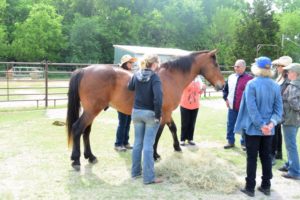
Jaak Panksepp did a lot of research on varying topics, but one I love is the research on laughter in non-human animals. He researched primates, dogs, and rats, but no horses. While I have no clinical research, I think it would be fun to see if horses emit sounds like laughter, and will laugh with us. Certainly sometimes their expressions suggest that they do!
(c) Susan Smith, Horses at Liberty Foundation Training, Equine Body Balance (TM)
Please see my
Events for information on upcoming clinics and workshops. 2018 calendar is developing! Workshops scheduled for Santa Fe, Florida, Wisconsin and Oregon!
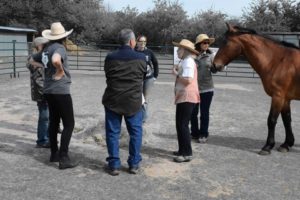
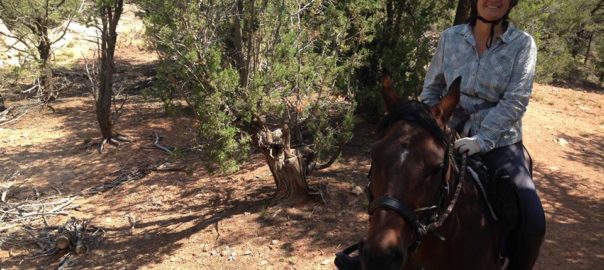
This question comes to me often: When can I ride my horse? How much can I ride my horse?
In our society, there is a strong push to get horses back to work after an injury or illness, just as there is with people. If you have a surgery, you can be back to work pretty quickly these days after some procedures. The problem with this is that the body may need longer to recover and may be playing catch-up.
At the same time, movement is essential to the health of the body. The horse may need a gradual curve of gentle techniques and movement exercise before actual work. Surgery interrupts the regular function of the body. Any injury or surgery affects the entire organism.
The liver controls tendons and ligaments, for example, so when t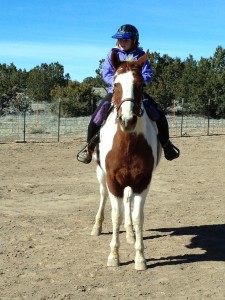 hose areas are affected, the liver is deficient in fluids and therefore the tendons and ligaments are also not getting vital fluids and don’t move as efficiently.
hose areas are affected, the liver is deficient in fluids and therefore the tendons and ligaments are also not getting vital fluids and don’t move as efficiently.
I use the example of a horse hitting its head really hard and getting stitches. Just because the vet has deemed him “fine” and patched him up, doesn’t mean he is ready to roll. The horse may exhibit strange behavior after the bump on the head, sometimes neurological symptoms such as wobbliness. Or sometimes symptoms take years to manifest.
I’ve often asked clients if their horse has had a head injury at any time, because of something I’ve seen happening (or not happening) in the body. “Oh, yes, ten years ago he hit his head on the trailer but it healed up just fine.”
As we know, our bodies hold a road map of everything that has happened in our lives, and horses’ too. Everything – physical, emotional, you name it, it’s in there. That’s why every injury or illness needs support from within, not just from without.
Usually the vet will have a timeline for when to begin hand-walking, or lunging your horse after an injury. The timelines after specific injuries, such as ligament and tendon injuries, falls, illness, etc. will help you understand how many weeks of one activity you may have and how long to engage in it. You will have to depend on your knowledge of your horse and how he is feeling to know whether the vet’s expectations meet what your observations bear out.
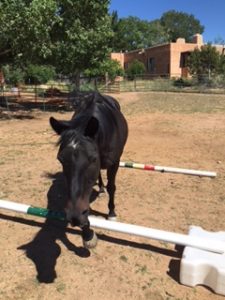 When I was endurance riding, our ride vets would remind us that we knew more about our horses than they did, in one way. We were around our horses all the time. We knew their habits, and we knew when they were doing fine and when they were not.
When I was endurance riding, our ride vets would remind us that we knew more about our horses than they did, in one way. We were around our horses all the time. We knew their habits, and we knew when they were doing fine and when they were not.
My gelding Khami was a funny example of that. He used to like to sleep flat out on the ground, while tied to the trailer, with his eyes wide open, when at an hour-long vet check. The local New Mexico ride vets knew this habit of his and didn’t worry. When we rode in Paonia, Colorado once, he did this and the vet was frantic. He said I must get my horse up, he was worried and couldn’t find any vital signs. Khami got up to see what all the commotion was about, but he was very well rested. His vital signs were fine and he went on to finish a 2-day 100.
The question of when to ride your horse is going to vary with some horses a great deal. It depends on whether they are fit to be ridden, and for how long they can be ridden. It depends on their age, and their temperament and training. The saddle and bridle. The person who is riding them. The owner may have to modify his/her expectations of what the horse can accomplish for awhile.
I look at a lot of factors:
Since I have a roller coaster experience with one of my horses — sometimes he’s sound and sometimes he’s not — I’m really tuned into this question. People may say, well, he’ll warm out of it. Maybe yes, maybe no. I want to understand the problem and help him with it, before I ask more of him. I want to ride in such a way, if I’m riding, so that the horse does not become more stiff afterwards. The exercise, whether riding or ground, needs to support and heal rather than set him back.
And when I do ride him, I ride him gently, and therapeutically, going over cavalettis, gentle trots, sometimes on uneven terrain, exercises designed to strengthen his muscles, tendons and ligaments. I must check in with my own body and do a Mounted Body Balance session on myself to make sure my body is not restricting him in any way. I try to focus on the things that feel so good about riding him – he’s so peaceful to ride, I love the way my legs drape down his sides. I love that I can sit his trot, he feels like an ocean liner. I continue to ride and mix it up, doing some Equine Body Balance on him before or after each ride, or in between, which supports the exercise we’re doing.
With the horse who may not want to lift a hind leg but is otherwise sound, yes, you can generally ride the horse, but we need to continue to work on why it’s hard for her to lift that leg. With the horse who can’t disengage behind, there is something more complicated going on that needs to be addressed. Some suppling exercises added to the program of bodywork will help with that in a lot of cases. You can possibly ride that horse in a straight line but not do any lateral work. I may need to look at how the rider’s position may be impinging on the horse’s movement. We may add some gentle suppling ground exercises to increase lateral flexibility. If the horse is having trouble raising a foreleg or striding forward, I want to flex the forelimb to find out where restriction is without causing pain. Sometimes the problem is at the far end of the horse from what appears obvious.
While the body is complicated, with its elegant and efficient network of nerves, blood, bones, lymph, muscles, nerves, tissues, organs, etc., it is possible to support the health in the horse with non-force techniques specific to certain conditions. When we are mounted, we can increase our knowledge of how our bodies affect our horses and how they might also help us so we can be more comfortable and efficient in the saddle. This work plus self-care can do wonders for horses and their owners, making it easier to develop a treatment/ rehab program that best suits their needs.
(c) Susan Smith, Horses at Liberty Foundation Training, Equine Body Balance (TM)
Related link: What? No more riding?
Please see my
Events for information on upcoming clinics and workshops.
I was lying on the massage table receiving physical therapy recently and talking about myself as I was asked to do, past injuries, etc., and then I made a switch to talking about one of my horses. My therapist expertly swung me back to the discussion of “me,” which is why I’m there, and I realized something – not just about me, but many of us who work with horses or love them.
We would prefer to talk about horses than anything else. Horses are like meditation to us.
They are definitely calming, even when talking about something that isn’t right with them.
But there is another piece to this which may sound wild to some people, but I’ll put it out there: we get lost in the horse. It becomes an “out-of-body-experience” when we need to be in our bodies to experience it. We need to be in our bodies to give the horse her due, and to heal ourselves.
This is the awareness, the eye-opener, that appeared to me on that table, that I want to share with you, because I am so good at doing this myself.
I know I’m talking about several different things, but I’m really talking about the same thing. I’m talking about staying in the moment, in the body. If I am to learn the new way of using my body in physical therapy, then I need to be in the moment to absorb all the nuances of what my practitioner is telling me. It’s not a time to wax eloquent on how far one of my horses has come in his physical or emotional development!
While sometimes the conversation can be helpful for bringing us around to the true story of one’s own body, it can also take us far afield, out of ourselves and pain.
I’m in physical therapy for a reason, because I’m healing from something. Pay attention.
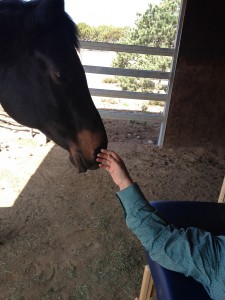 Being “in the moment,“ and “in the body” do take some time and energy to achieve, especially in Western society. We are expected to be out of the body in a lot of our daily interactions with people and in our jobs.
Being “in the moment,“ and “in the body” do take some time and energy to achieve, especially in Western society. We are expected to be out of the body in a lot of our daily interactions with people and in our jobs.
But horses live in the body and in the moment, so they would like our interactions with them to take place there.
I will say that with every horse mishap and accident I’ve had, I’ve been out of my body. My energy has not been centered. People who come to me after horse wrecks tell me all the time, “I knew that I shouldn’t have gotten on…” “I knew the horse wasn’t ready…” because it can be the horse that is not agreeable also, not just the person.
What has helped me to stay in my body has been a variety of things. There will always be things to pull me off course. But these steps help me stay focused:
When I work with horses in a healing capacity, if they are trying to avoid my noticing something painful, they will flatten their ears or kick out maybe, or become dull in the eyes. They may move away from me and give me the distinct impression I’m not welcome. Sometimes the mere intention of wanting to heal will make them nervous. I have to arrive in their space with less agenda and give them space. The space may be then filled with part avoidance, but will gradually turn to curiosity as I work in areas that are not so triggered for them.
With the horse, while their natural state is to be in the body all the time, when people are around and trying to help with pain, sometimes they get “out of the body” too, just like us.
![[Catherine Sobredo Photography]](https://susansmithsantafe.com/wp-content/uploads/2012/08/imgp2369-edit-199x300.jpg)
Sometimes we know we need help with something, but we are operating with our foot on the brakes and accelerator at the same time because of pain, whether physical or emotional.
Deflecting attention away from the pain can also be a way of not being in the body or the moment.
The horse also knows that we know how to figure out a lot of things. This is one of the things they like about us, and attracts them to us. We may not be as smart as them in some ways such as staying in the moment for such long stretches of time, but we can get aha moments and figure out how to help them because we have the intellect.
What has helped me a lot with the “lost in the horse” issue is to work on something that is my challenge and include one of my horses. For example, the PT work has offered me new ways to walk and sit. I’m applying that new knowledge to my walking with my horse, and my sitting in the saddle. This can best be done with a horse with whom you have a good relationship with, not recommended with one you’re trying out for the first time!
I find my horse – whichever one either comes forward for the task or I feel is the one for that activity – enjoys being helpful and helping me figure it out. The horse will behave much the same way with this helping activity as they do when you introduce new activities for them. The added plus is that they can not only feel a sense of accomplishment from completing the activity, as they do with ones planned for them. But they can feel a sense of accomplishment in helping you solve a problem.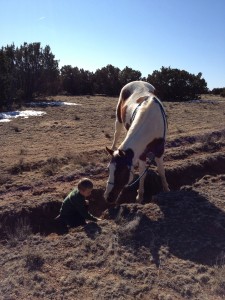
All of this helps me stay in the moment. It also gives me something new to talk about when I go to PT and can talk about the progress I have made, still weaving in my horse stories, but now in relationship to the PT work!
(Some of these new insights will be incorporated into this year’s Conformation, Compensation or Both? classes offered in Florida, Santa Fe and Oregon. The relationship work will be detailed in the class Equine Liberty from the Heart, offered in Santa Fe, NM)
(c) Susan Smith, Horses at Liberty Foundation Training, Equine Body Balance (TM)
Please see my
Events for information on upcoming clinics and workshops.
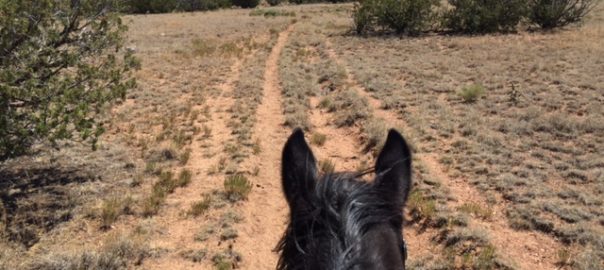
” Do not go where the path may lead; go instead where there is no path and leave a trail.”
– Ralph Waldo Emerson
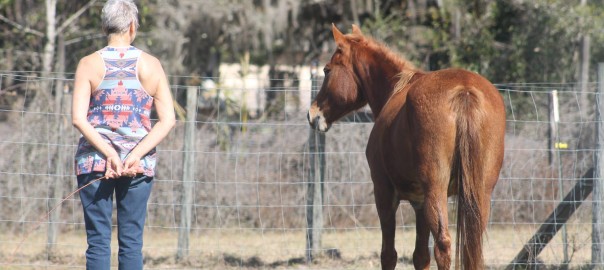
Everyone who has taken on a rescue horse, or a horse from families who have passed them on, or a horse they have purchased, but then found the horse really is a rescue – experience the great unknown.
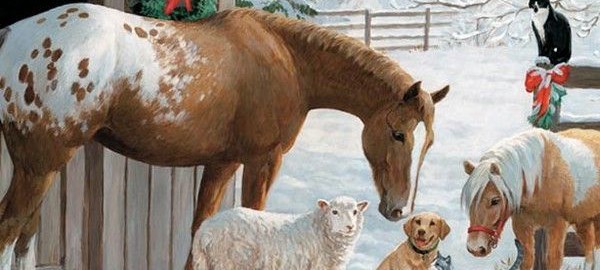
There is a Norwegian story about the birth of Jesus in the stable in Bethlehem, that claims that the animals in the stable watched the birth and then they began to praise God for what they had just seen. Apparently this went on before the shepherds came on the scene. When the shepherds appeared the animals fell silent. The only ones purported to hear the animals were Mary, Joseph and the Christ child. (Originally published December 24, 2015)
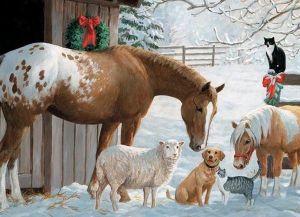
Continue reading Horses and Christmas Eve: the night the animals talk

One of the hardest things for people to grapple with is the fact that their horse is not always nice. I talk about good behavior and model that for the horse, but sometimes the horse does not exhibit good behavior in spite of all the modeling. Sometimes we get a dose of teeth and hooves.
Continue reading Teeth and hooves: working with the aggressive horse
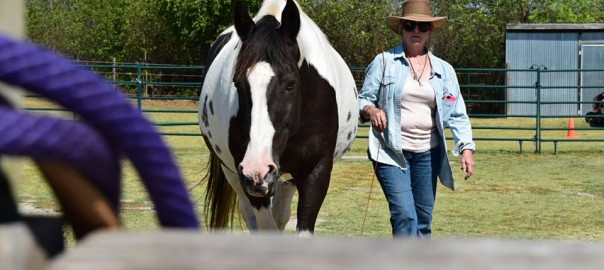
Sometimes we find ourselves in communities of horse people that are not supportive of our goals and dreams with our horses. These communities can take the shape of boarding barns, performance horse groups focused on a particular equine discipline, equine riding clubs, and just people who are wedded to the notion that “this is the way we’ve always done it.”
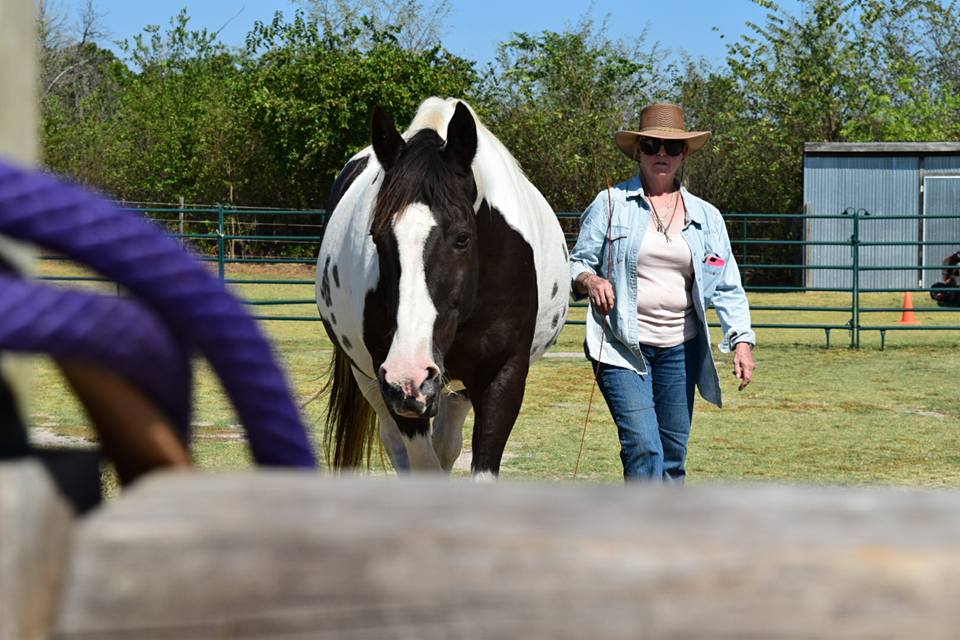
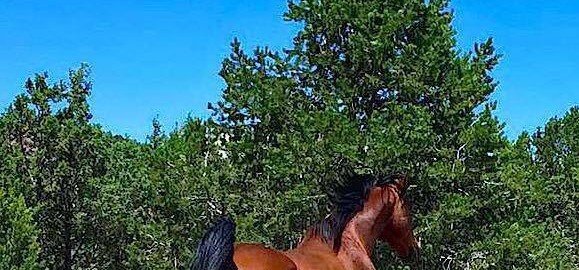
In Loving Memory – April 12. 1989-August 15. 2015 Khami, my bay Arabian gelding of 26 years, passed away quickly today of what appeared to be a heart attack. He was doing what he loved to do, running with his beloved herd, when he collapsed and died shortly after.
